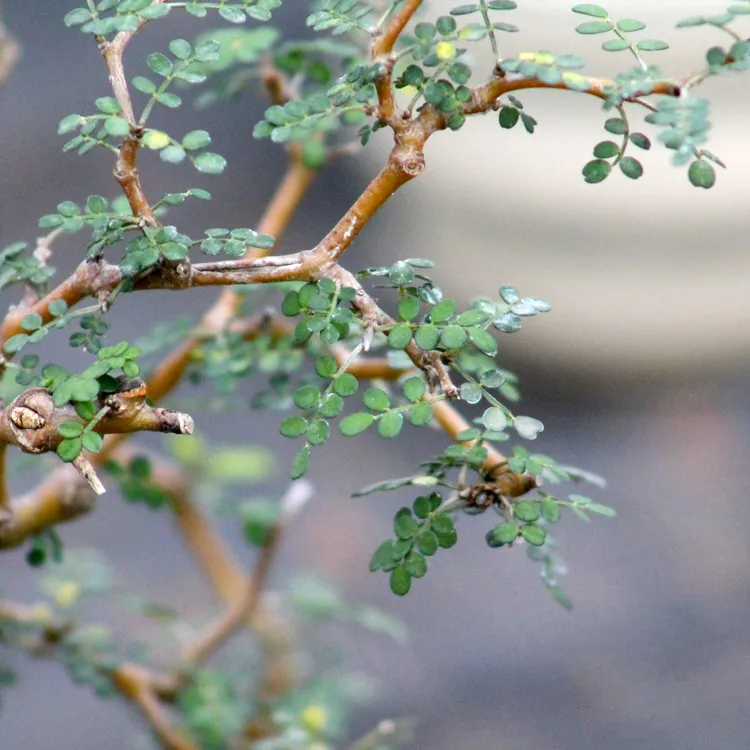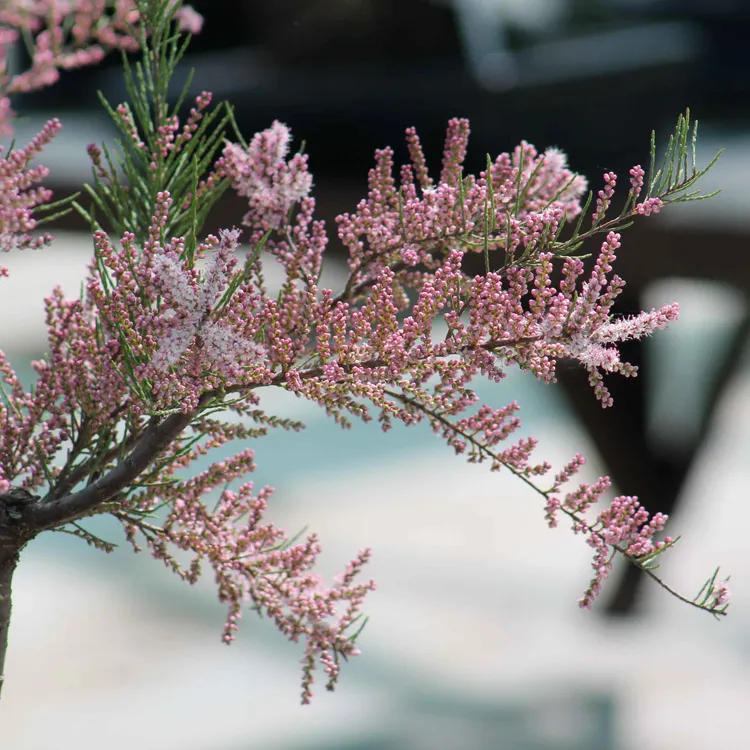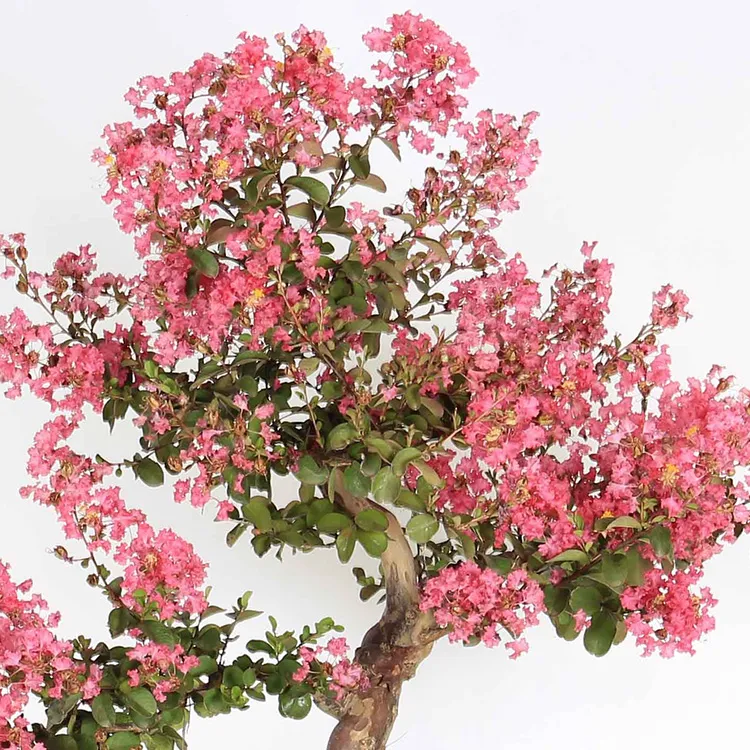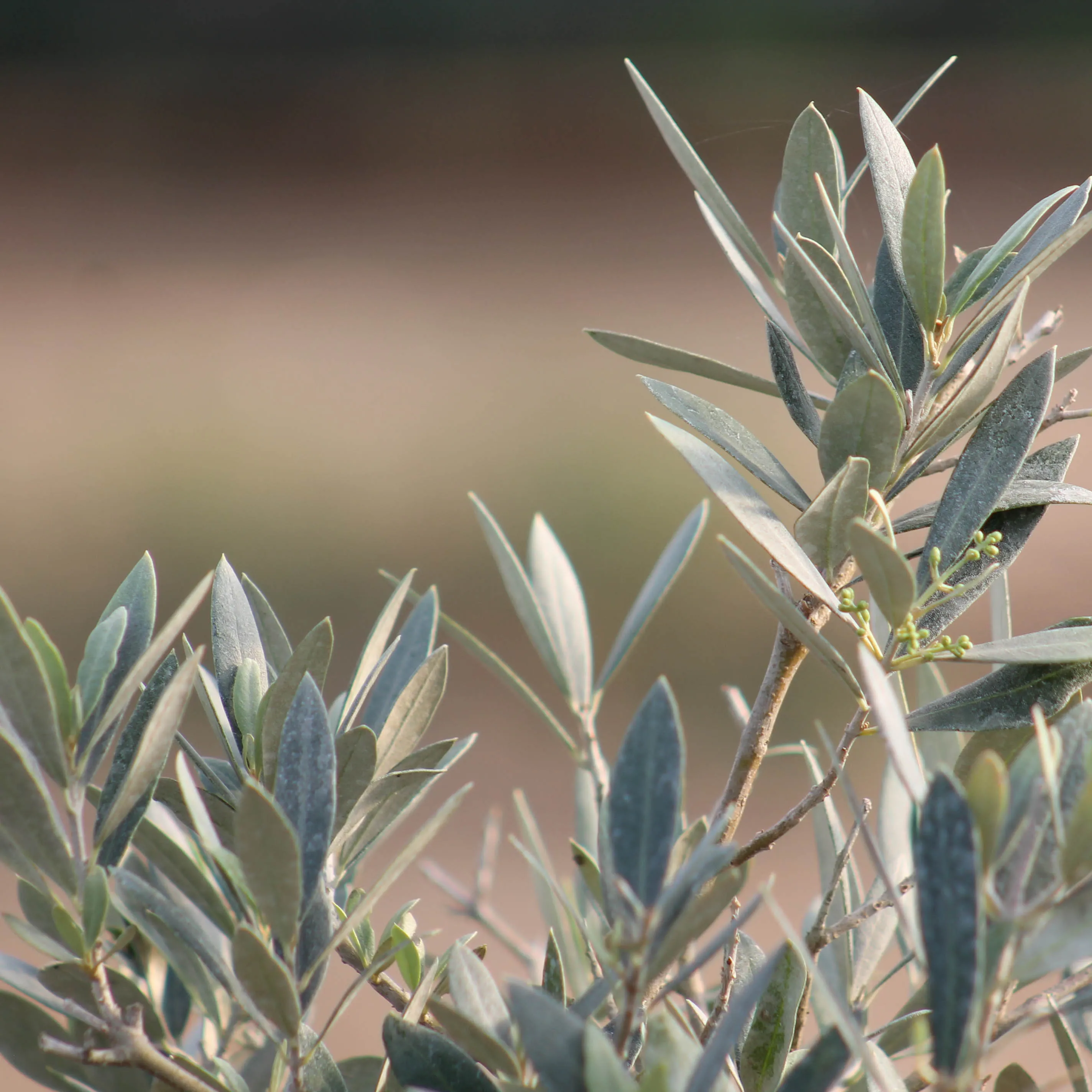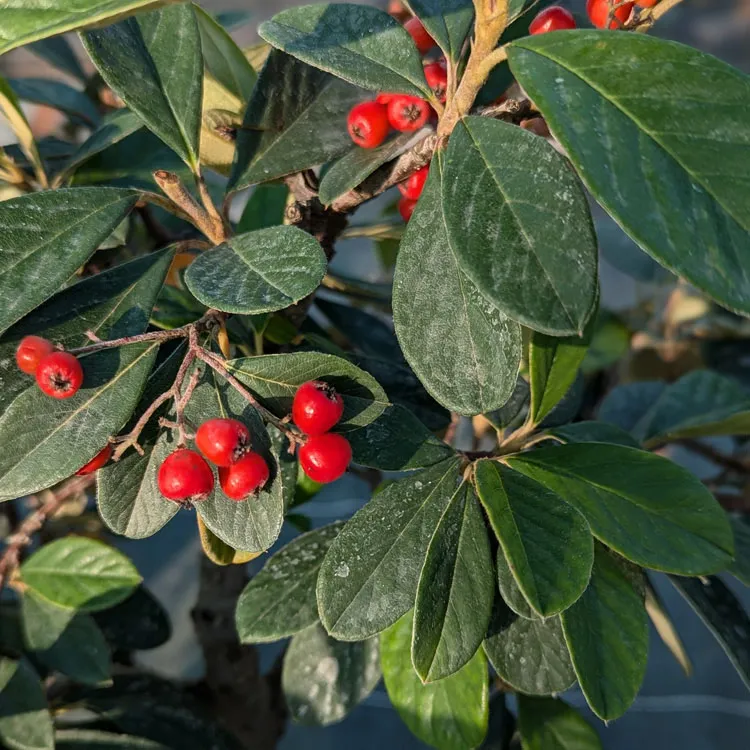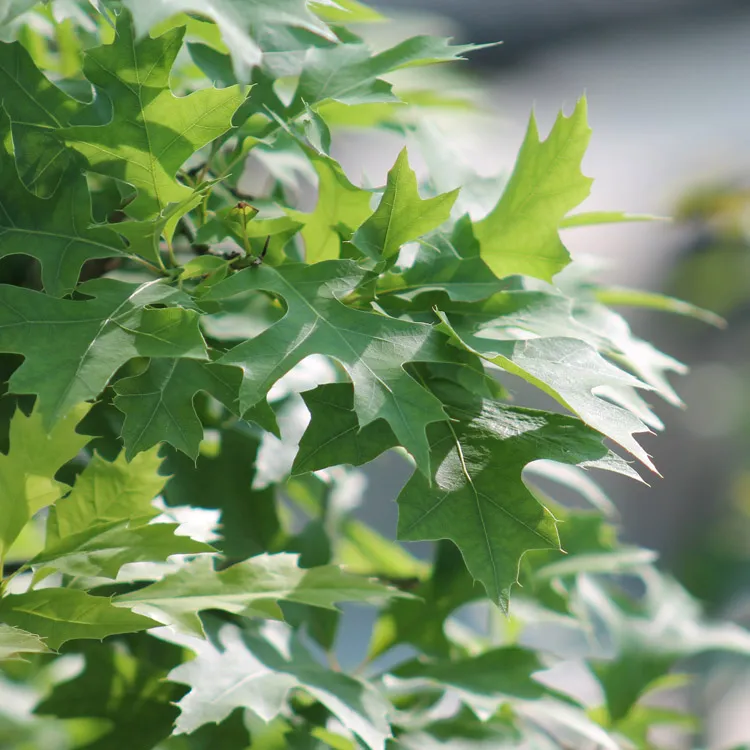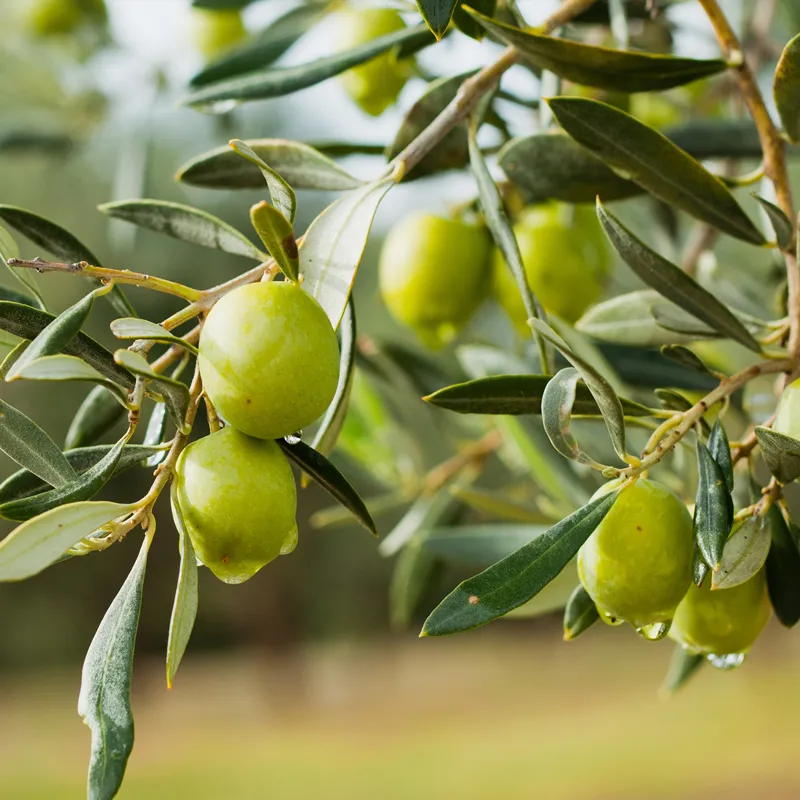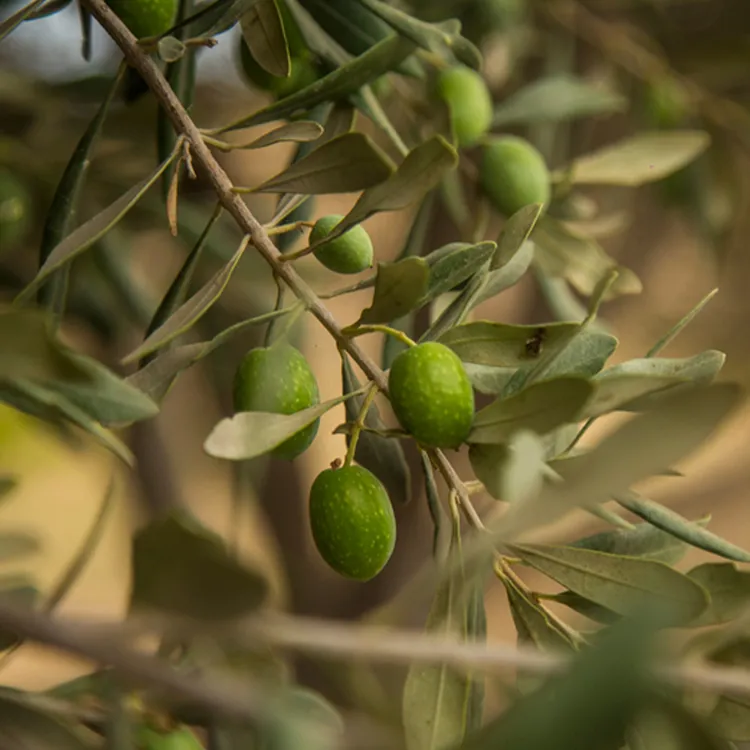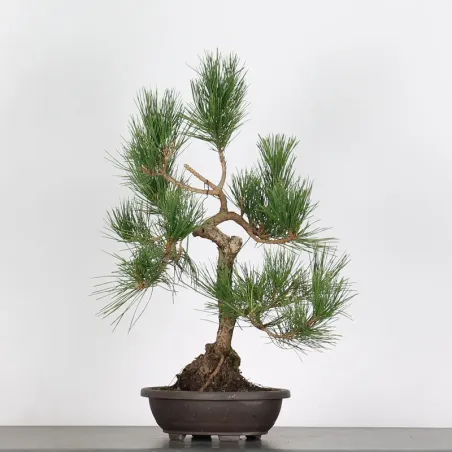History : Since the 7th century, the camellia has been cultivated in Asian gardens. Moreover, it was the Empress Josephine who made it known in France. It has a beautiful silhouette giving it a Japanese look that is very popular among bonsai enthusiasts. Its flower is used in some parts of China to flavor brewed tea.This is why the word "sasanqua" comes from the Chinese language which means "tea flower"
Growing tips:
Location : Preferring warm climates and away from drafts, expose it outdoors from spring to fall in a semi-shaded spot so that it can enjoy the morning or late afternoon sun. It is a species that does not tolerate high temperatures or lack of humidity.
In winter, it does not tolerate temperatures below 0°C for too long, which is why it should be protected from frost by putting it either in a cold greenhouse or in a cold/bright room.
Watering : The camellia has roots that feed on the surface. The soil should therefore never dry out. During hot spells and during active growth, it will need to be watered frequently, once or twice a day. However, too much watering can cause soil saturation, especially during cool periods. Keep an eye on watering in the winter, as it does not lose its leaves.
How to do it? Water the camellia regularly while allowing the root ball to dry out slightly between waterings to avoid excess water, water it down to the roots, the water will drain through the holes present under the pot. Avoid putting a bowl or container underneath your pot as the water will stagnate and can cause root rot. (Too much water = asphyxiation).
Repotting and substrate: Its roots grow quickly. Repot it every two or three years, in early spring, right after flowering. Be careful when pruning its roots as it is a variety that does not tolerate the loss of them well.
Substrate used in our nursery : Potting soil which is composed of black peat, blond peat, eco old soil, topsoil, horse manure, pozzolana..., you can adapt your substrate by making a more draining mixture with akadama, pumice, pozzolana.. without destroying the whole clod!
Pruning : Remove faded flowers and prune after flowering, if necessary, to give a nice, balanced shape
Fertilization : In the nursery we use blue tomato/flower fertilizer NPK 12 12 17. Put a handful of them on the substrate (small or large depending on the size of the pot) from spring from May to October, every 2 months, alternating chemical/organic.


 Production of French Bonsai
Production of French Bonsai


























